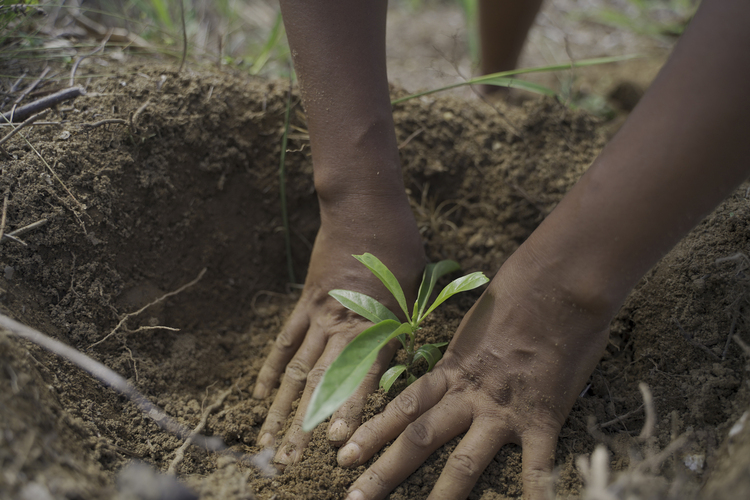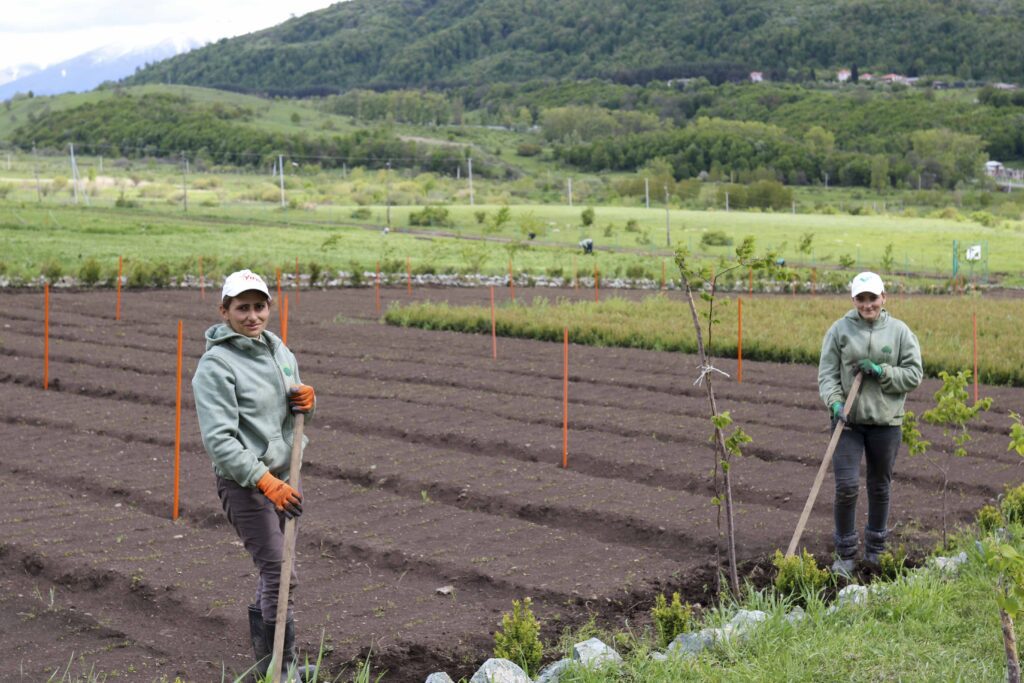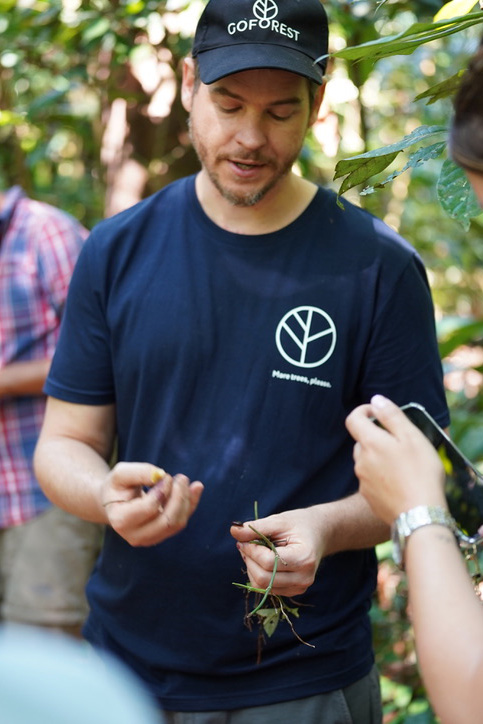Trees do not only have a positive ecological impact on the planet and all its inhabitants, but they can also have a massive positive impact on society and economic development. When planting trees in the right way and in the regions that need them the most, these trees can change lives.

Sustainable development
As everyone knows, planting trees in the right way benefits the planet and everyone who lives on it. Afforestation projects turn non-forest areas into hotspots for biodiversity and reforestation projects restore areas that once had forests, but which have disappeared due to many causes. Trees create a habitat for fauna; trees capture carbon from the air; trees cool our Earth. It is, therefore, undeniable that supporting a Go Forest project directly contributes to sustainable development. More specifically, all our projects impact SDG 13 Climate Action, SDG 15 Life on Land, and SDG 17 Partnerships for the Goals.
Beyond ecological impact
However, writing this article about the social and economic impact of the projects is very important. It is not always clear to everyone what kind of impact a tree can have besides ecological impact. Let me tell you what one tree can do:
The Go Forest projects located in countries that are still developing or that struggle with economic or social issues create not only forests but also opportunities. People who live in the communities nearby the projects get offered full-time or part-time jobs. With this job, they can enjoy a stable income which they can use to buy food or medicine, find a place to live, etcetera. In short, they can sustain themselves and have an improved living quality.
Agroforestry
A good agroforestry project can benefit the local population even more. An agroforestry project focuses on planting trees that deliver non-timber products in an efficient but sustainable way. These products can be used by the local population to eat, to sell on the market, or to process into something else. This kind of project has a double-sided impact. The people employed in the field might have a history of financial struggle and poverty. They might have been incentivized – by a monetary return – to burn their forests and raise cattle or plant soy instead. When these people become employed in agroforestry projects, they learn how to live a stable life using the forest, how to sustainably manage these forests, and why it is important to not clear-cut or burn down forest areas.
The combination of improved living conditions and better awareness positively impacts the whole region – nature, animals, and humans – for a long time.
Experiences in the field
“When I was in Armenia, I was told by the project manager that Armenian people often go cross-border for income. Most of them ended up on construction sites in Russia, far away from their families, to be sure of a stable income. Because of the afforestation and reforestation projects and the stable job opportunities that come from the tree nurseries, these people can stay within Armenian borders while maintaining their families”. Marte (operations manager)

“In Madagascar, I met a small family who told me that because of the mangrove project, the mother and father got the opportunity to work on the project regularly. Because of these jobs, the family enjoys a stable income every month, which allowed them to send their child to school. This seems like a small impact, but a good education is key in improving your living quality and opening doors in the future”. Sarah (Chief Ecological Officer)










